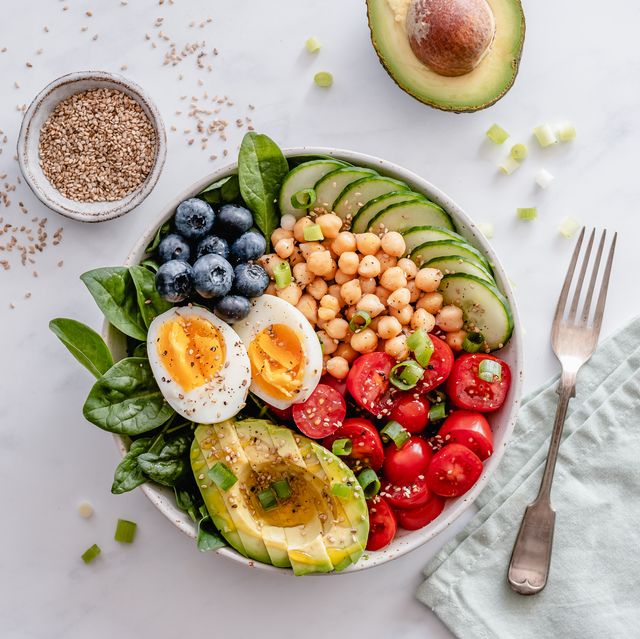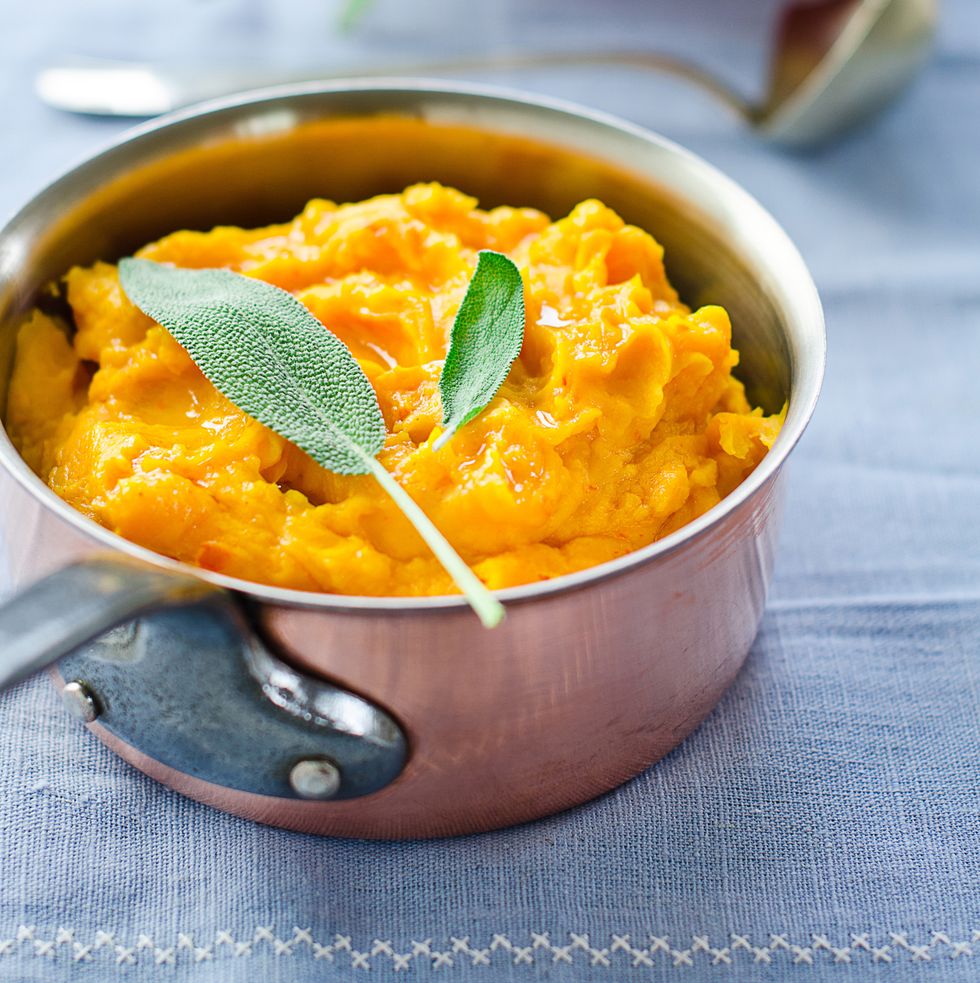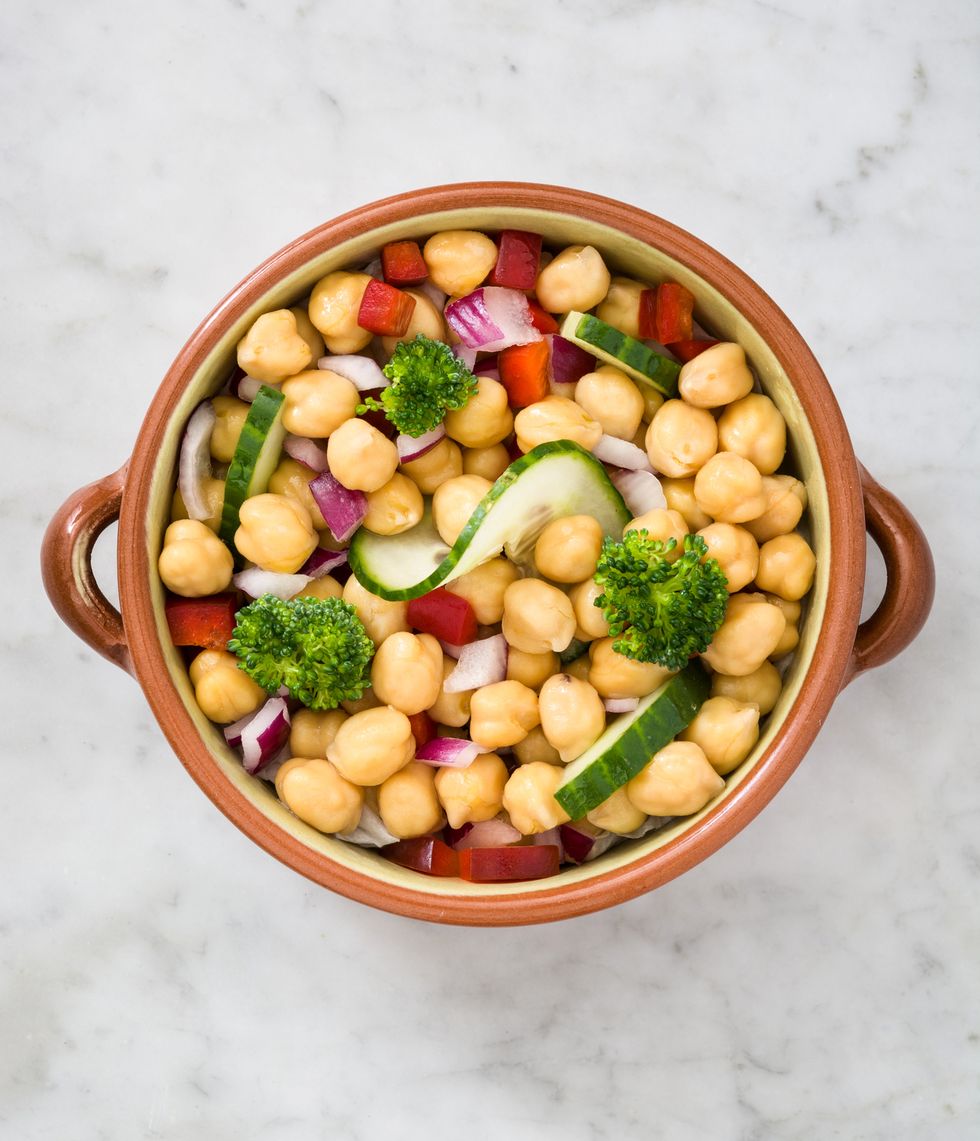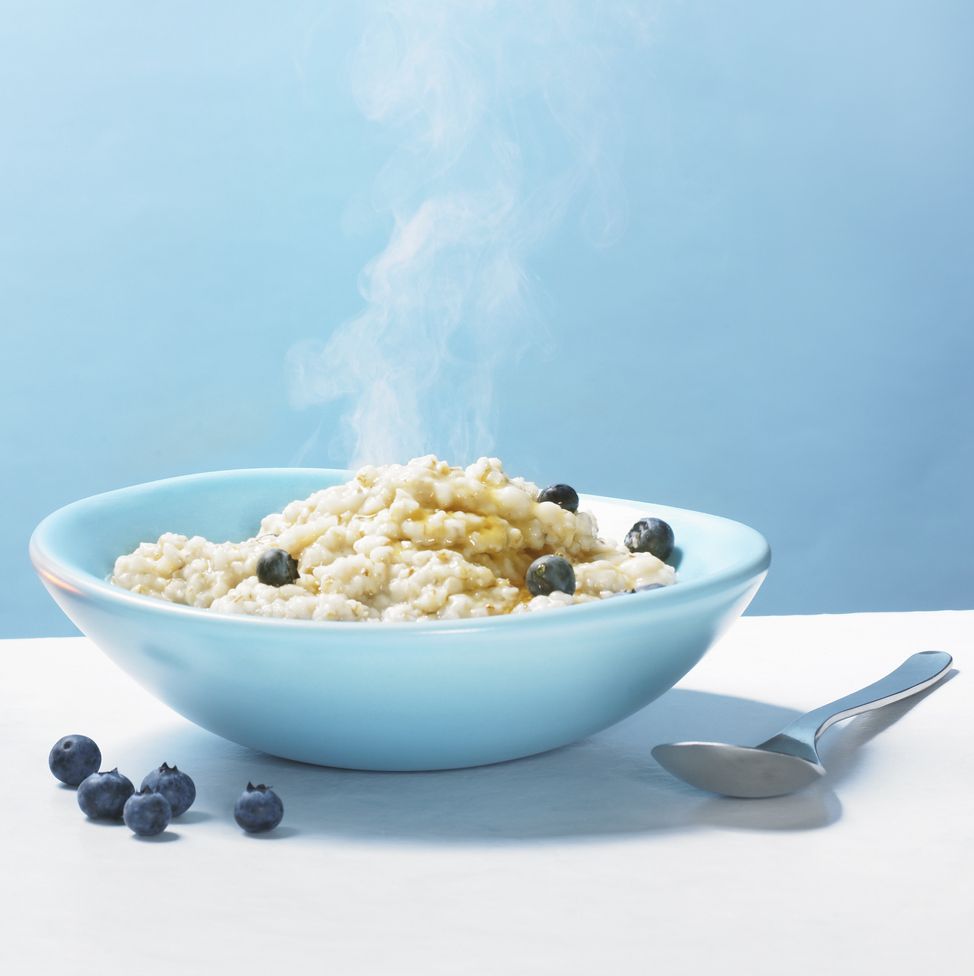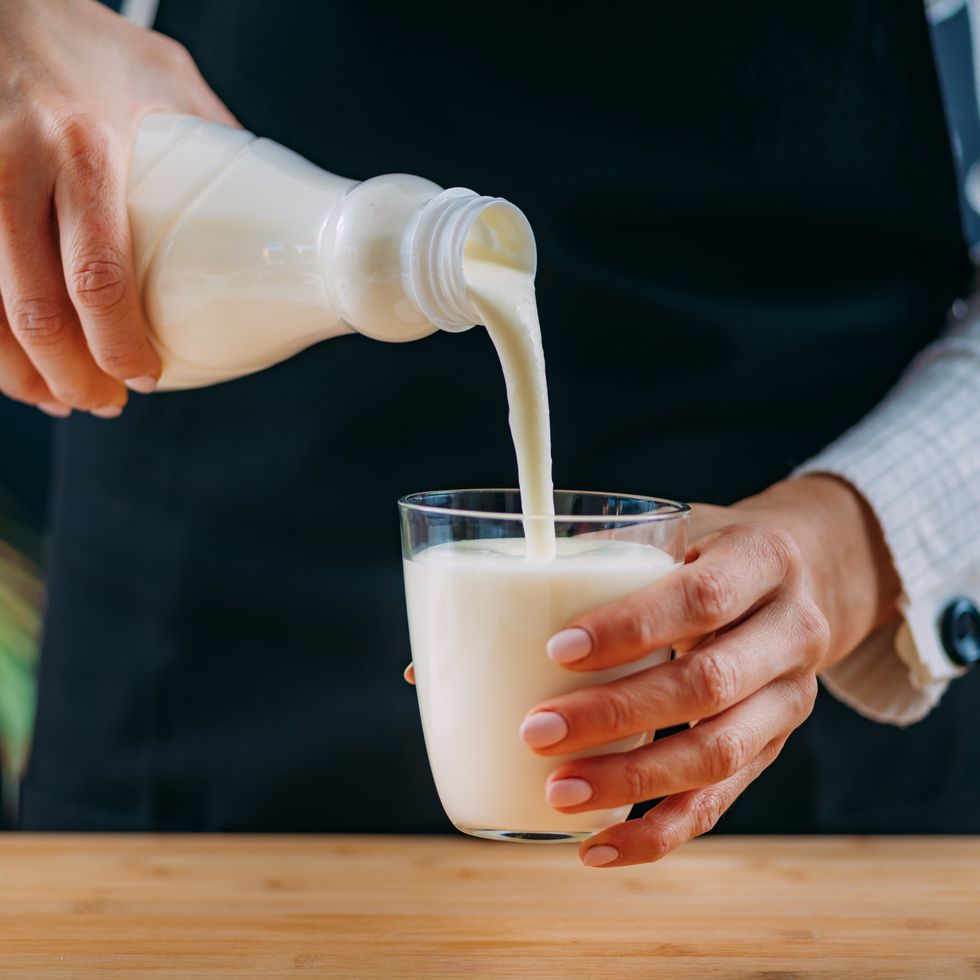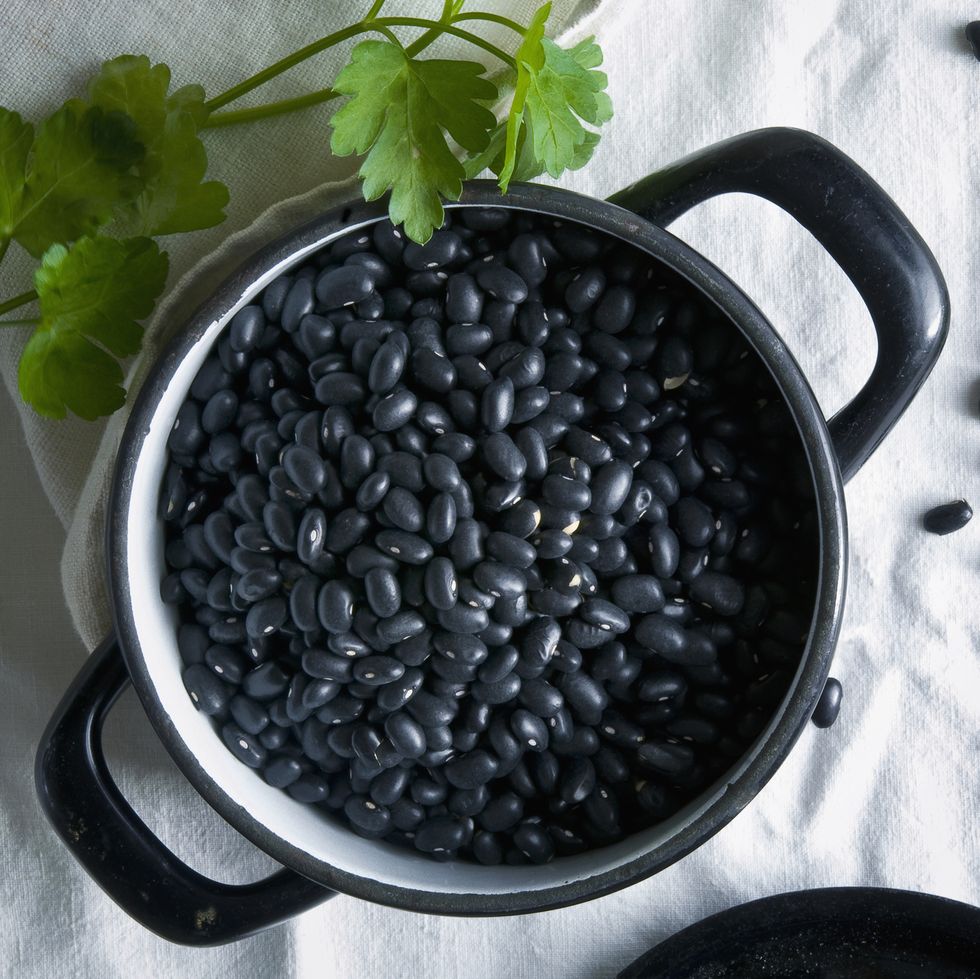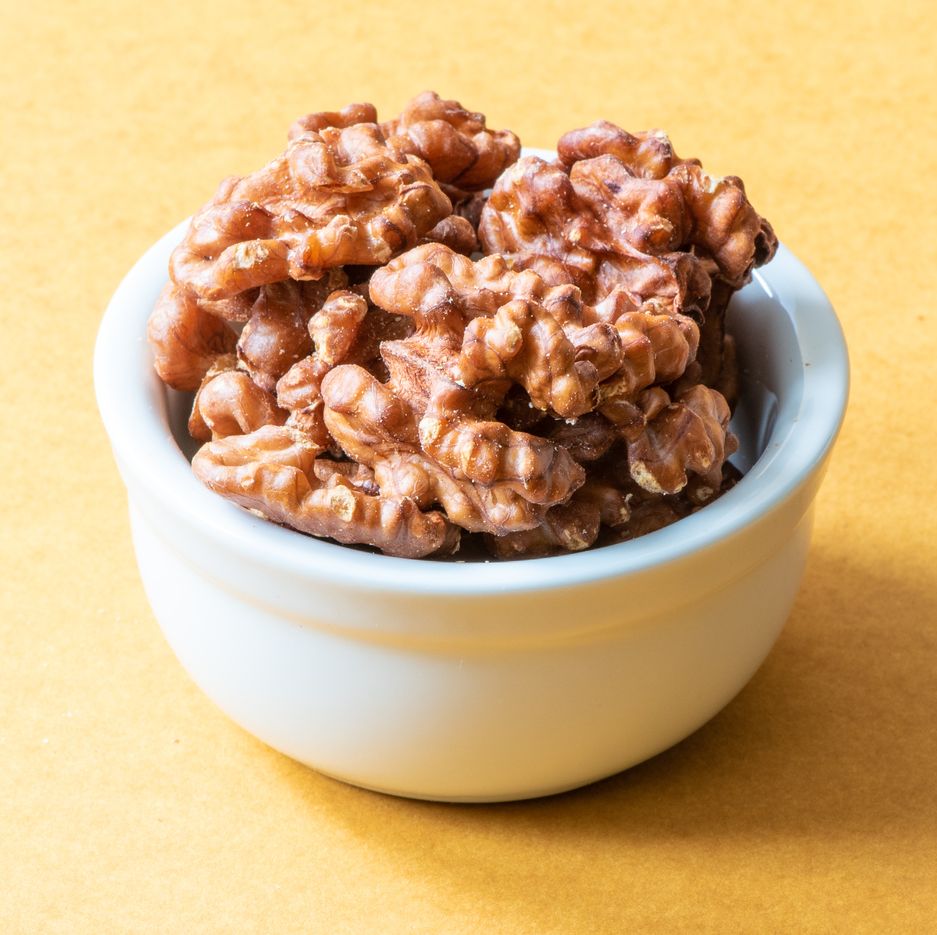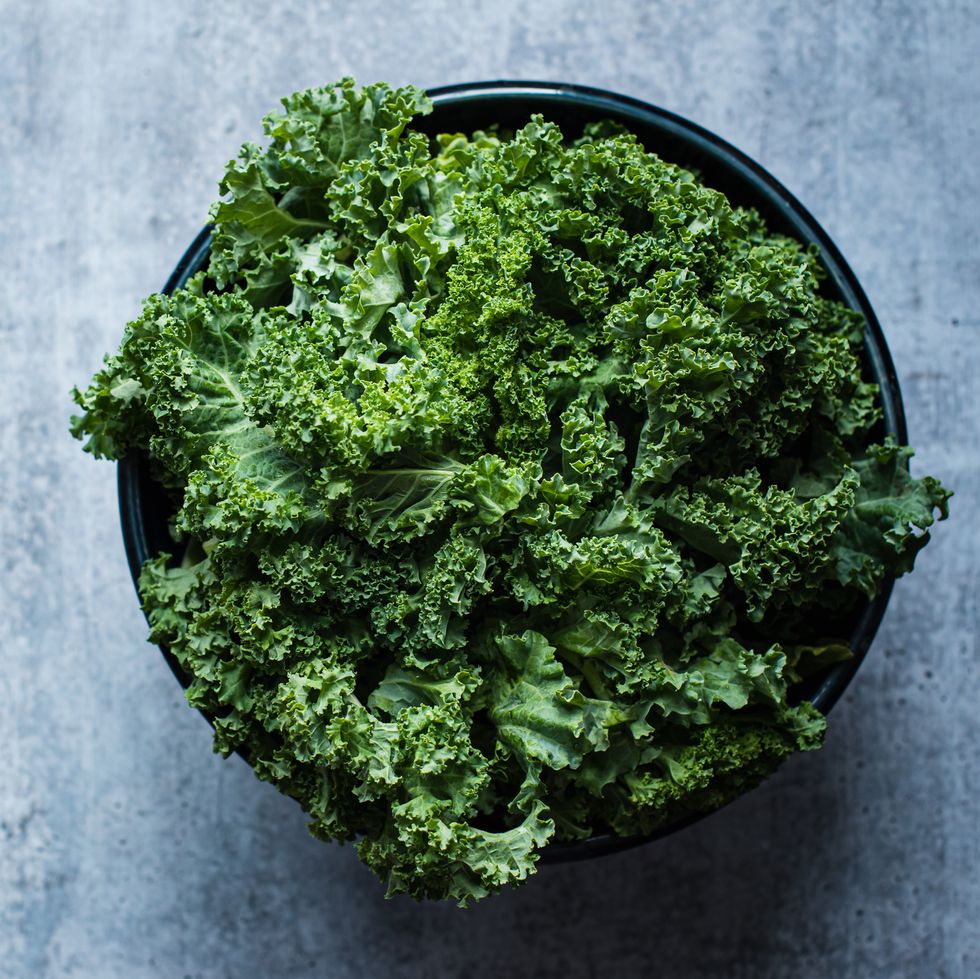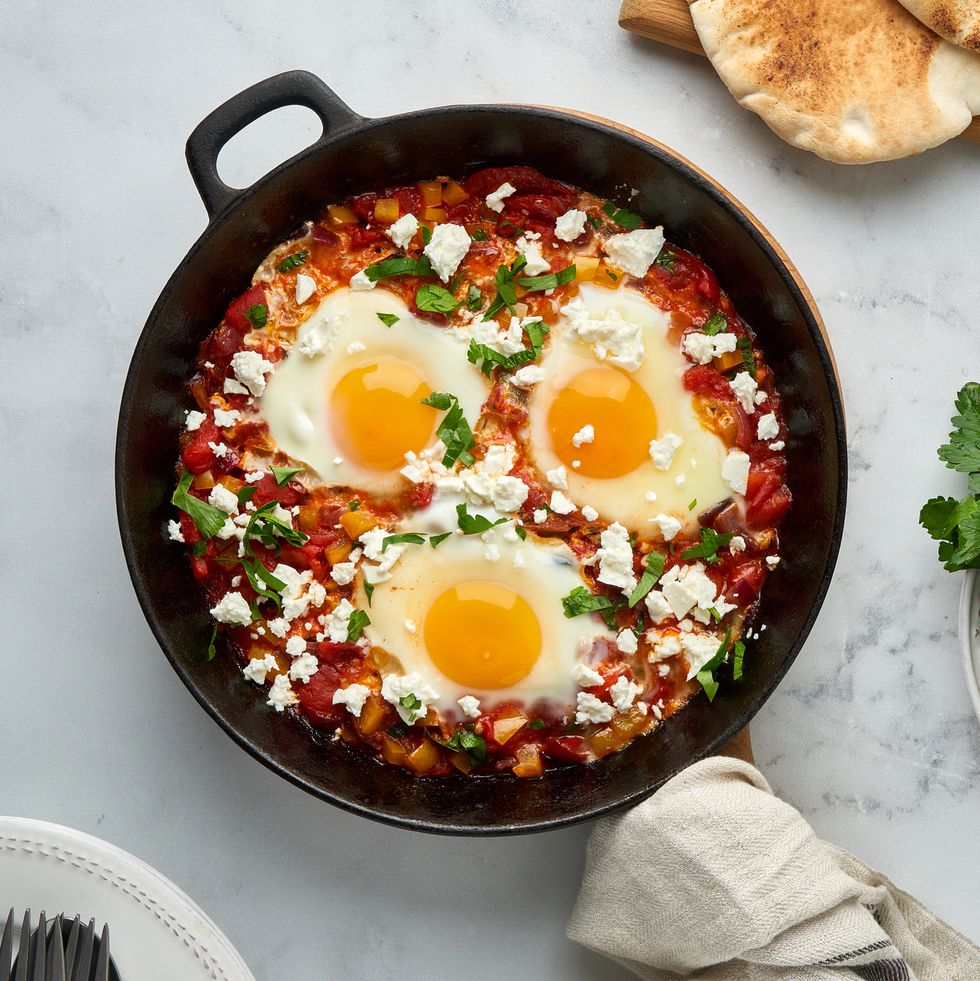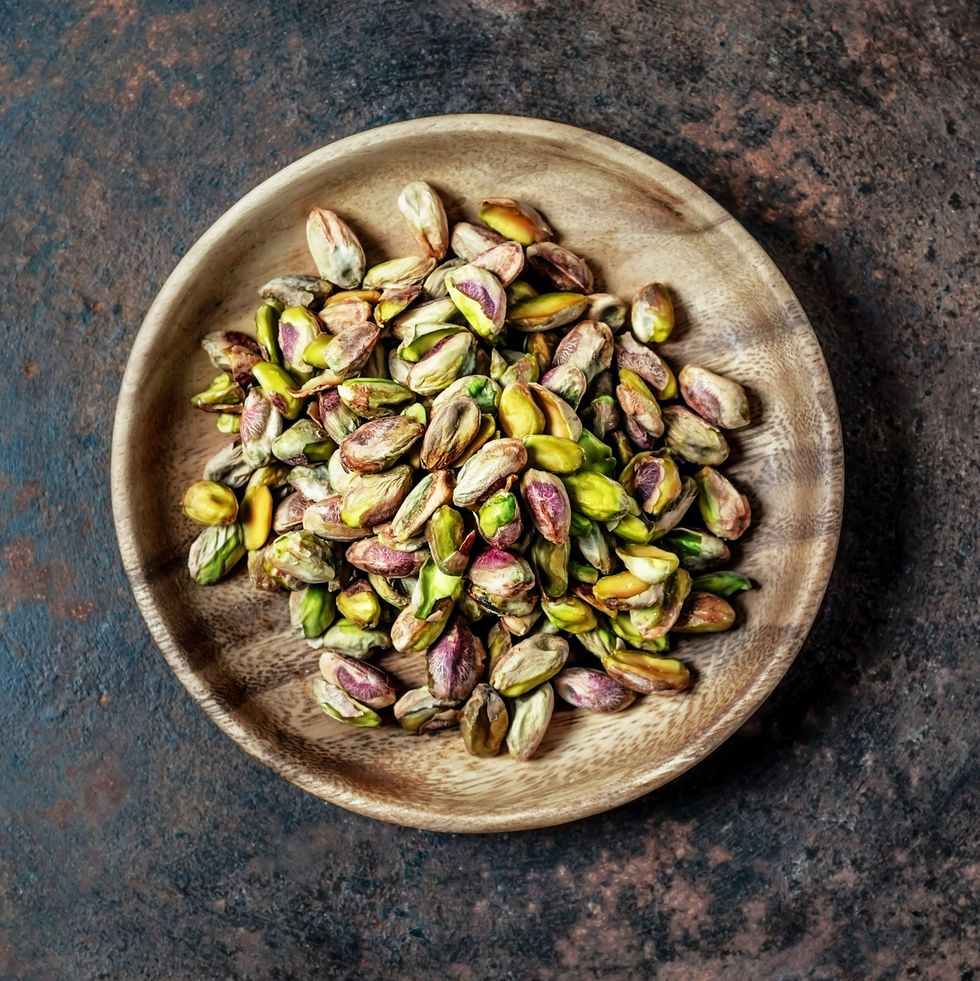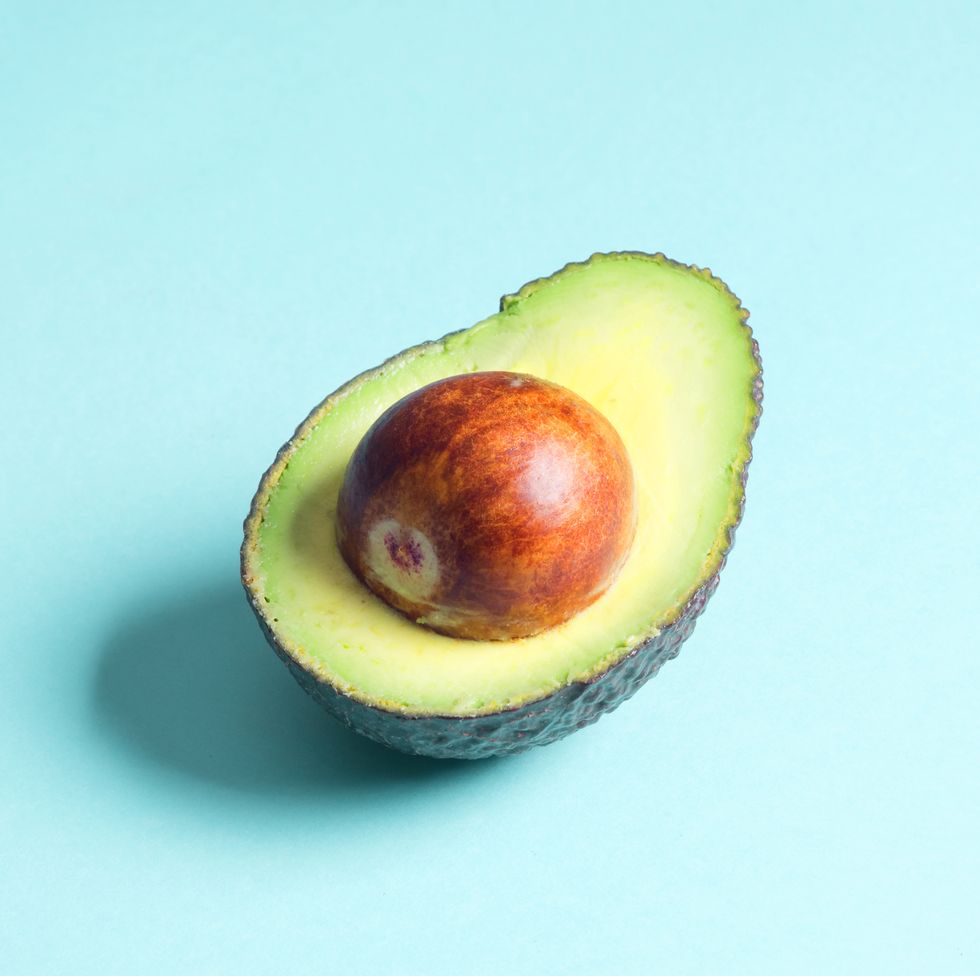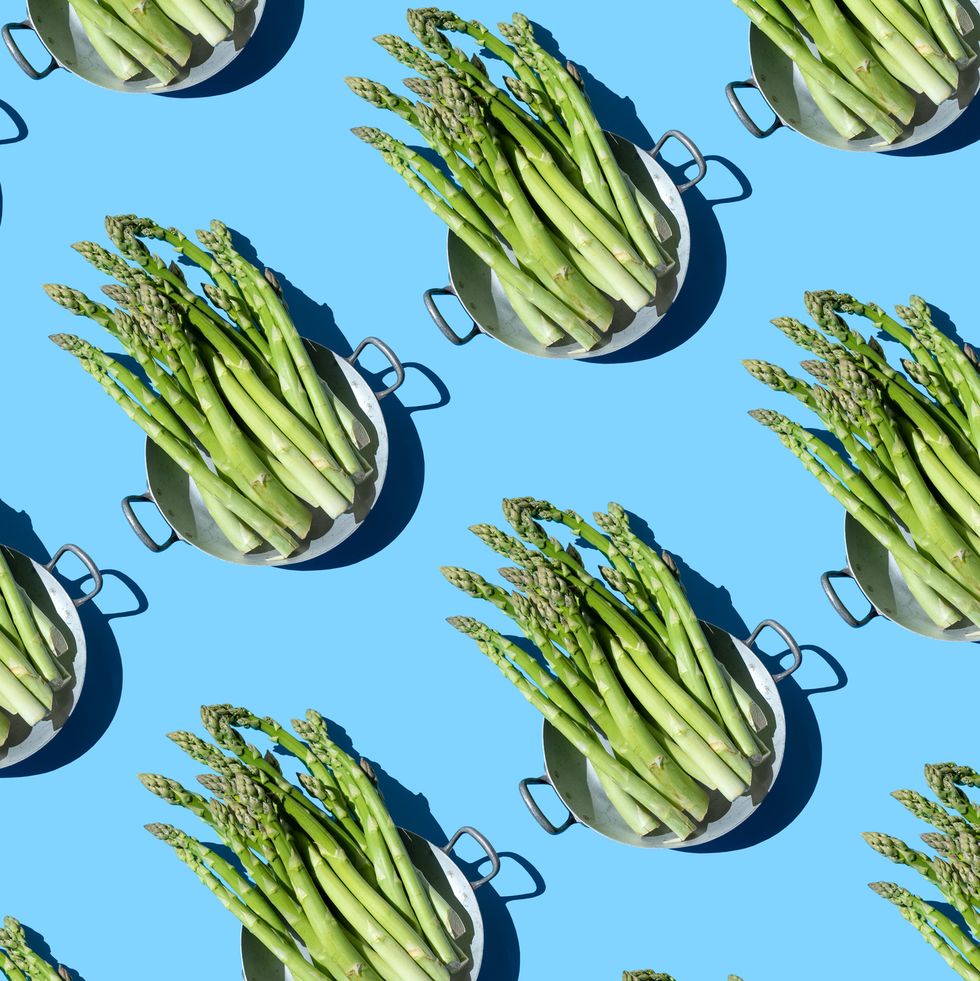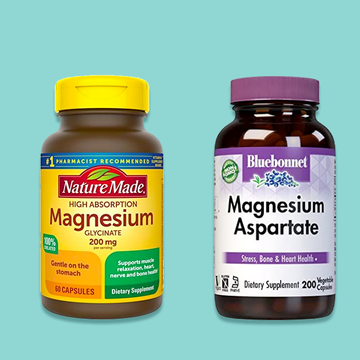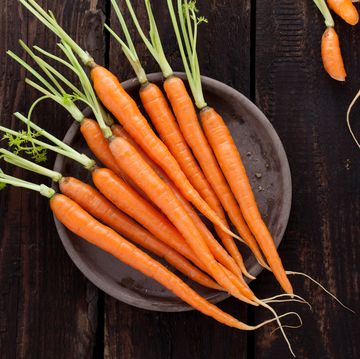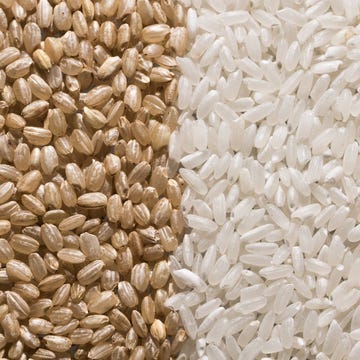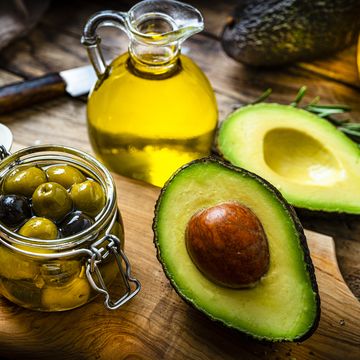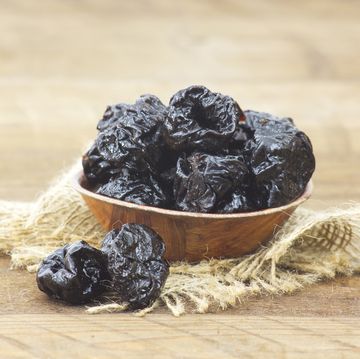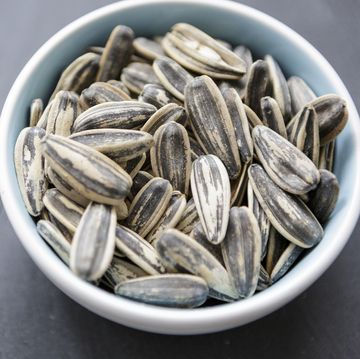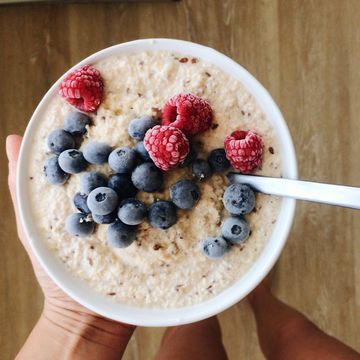14 Best Foods to Help Lose Weight Safely, According to Registered Dietitians
There's no one miracle food that will help you "burn belly fat," but there are plenty of low-calorie, nutrient-rich gems to add to your diet.
It seems like every few months a new food, drink or supplement is hyped as "the secret to weight loss!" But there isn't one perfect food or beverage that will magically make you drop pounds. In reality, losing weight safely means eating a variety of low-calorie, nutrient-dense foods while avoiding heavily processed foods that are high in excess calories and saturated fat. The good news is that the best foods to support healthy weight loss don't have to be expensive or hard-to-find. The best foods to help you lose weight can be found in any local grocery store.
One way to start your healthy weight-loss plan is to fill your shopping card with high-fiber foods, which are often naturally lower in calories, help keep you fuller longer and also help regulate blood sugar levels. Pair those up with foods rich in lean protein — which also help you feel full — for a tasty and healthy combo that can put you on the road to shedding some pounds. Don't forget the other crucial pieces of a healthy lifestyle that will help you lose weight: getting regular moderate exercise, limiting processed foods high in sodium and other sugary items, as well as staying hydrated to aid digestion.
Take a look at this list of delicious, nutritious and versatile foods that can help you in your weight loss journey — and then get cooking!
Editor's note: Weight loss, health and body image are complex subjects — before deciding to go on a diet, we invite you to gain a broader perspective by reading our coverage of the hazards of diet culture.
Stefani (she/her) is a registered dietitian, a NASM-certified personal trainer and the director of the Good Housekeeping Institute Nutrition Lab, where she handles all nutrition-related content, testing and evaluation. She holds a bachelor’s degree in nutritional sciences from Pennsylvania State University and a master’s degree in clinical nutrition from NYU. She is also Good Housekeeping’s on-staff fitness and exercise expert. Stefani is dedicated to providing readers with evidence-based content to encourage informed food choices and healthy living. She is an avid CrossFitter and a passionate home cook who loves spending time with her big fit Greek family.

A registered dietitian with a Bachelor of Arts degree from Northwestern University and a Master of Science degree in Clinical Nutrition from New York University, Jaclyn “Jackie” London handled all of Good Housekeeping’s nutrition-related content, testing, and evaluation from 2014 to 2019. Prior to joining GH, she was a clinical dietitian at Mount Sinai Hospital. Jackie has also appeared as an expert guest on The Dr. Oz Show and The Today Show. She is also author of the book Dressing on the Side (and Other Diet Myths Debunked).
Watch Next

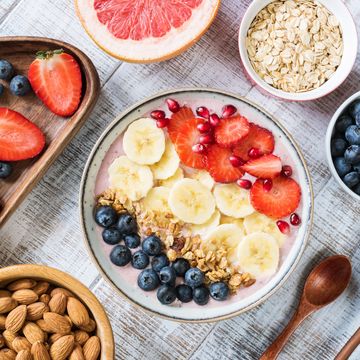
What to Eat for Breakfast to Feel Your Best
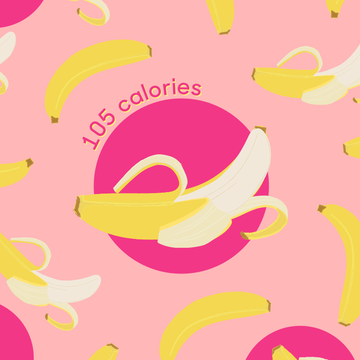
Why You Should Eat a Banana Every Single Day
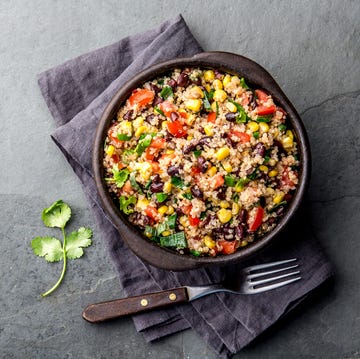
These High-Carb Foods Are Seriously Good for You

The Superfood We All Need More Of
